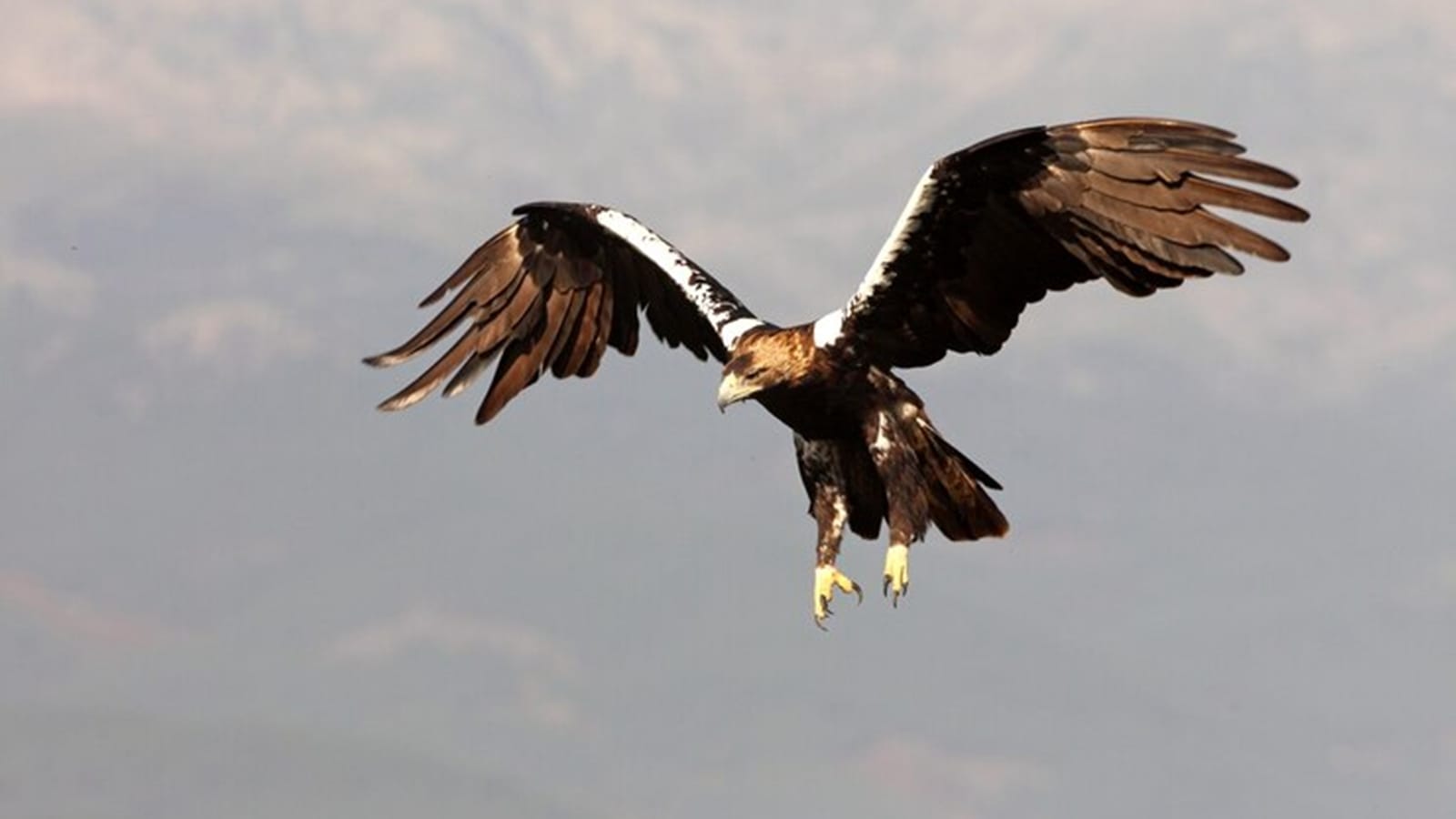📣 For more lifestyle news, click here to join our WhatsApp Channel and also follow us on Instagram
From dogs to lions, here’s how far different animals can actually see
Each animal species has evolved unique eyesight adaptations that suit their survival needs. But just how far can these different animals actually see?
 Let's explore the fascinating variations in visual range across a variety of creatures, revealing surprising facts about their sight and what it means for their daily lives. (Source: Wikimedia Commons)
Let's explore the fascinating variations in visual range across a variety of creatures, revealing surprising facts about their sight and what it means for their daily lives. (Source: Wikimedia Commons)When it comes to vision, not all animals see the world in the same way.
From domestic dogs to majestic lions roaming the savannah, each species has evolved unique eyesight adaptations that suit their survival needs. But just how far can these different animals actually see?
Let’s explore the fascinating variations in visual range across a variety of creatures, revealing surprising facts about their sight and what it means for their daily lives.
1. Dogs
Dogs can recognise their human from about 800–900 meters when in motion, but this drops to 500–600 meters if the person is stationary. However, the exact measurement of dogs’ “recognition range” can vary with breed, environment, and individual dog.
While their long-distance acuity isn’t extraordinary, dogs excel at detecting movement. Their eyes also include a tapetum lucidum, a mirror-like layer that enhances low-light vision, helpful during dawn, dusk, or nighttime.
2. Hawks
Hawks have visual acuity about 4 to 8 times sharper than humans (20/4 or 20/5). That means they can see at 20 feet what humans need to be at 4–5 feet to discern.
Certain hawks can spot small prey like mice from as far as half a mile (800 meters), according to The Environmental Literacy Council.
Hawks have two foveae in each eye (instead of just one), packed with high-density photoreceptors. This arrangement enables both detailed central vision and broad peripheral scanning. Their field of view is about 280°, plus excellent motion processing.
3. Eagles
Eagles’ vision is 4 to 8 times sharper than humans. They can typically spot prey such as rabbits from 2 to 3 miles (3.2–5 km) away, according to Live Science.
Golden eagles can detect a rabbit from 2 miles up in the sky, even at altitudes as high as 10,000 feet.
Eagles have huge eyes relative to body size, two foveae for focused and peripheral vision, extremely dense cones (~1 million/mm² vs. 200,000/mm² in humans), and an impressive ~340° field of view, as per The Environmental Literacy Council.
 Eagles’ vision is 4 to 8 times sharper than humans (Source: Freepik)
Eagles’ vision is 4 to 8 times sharper than humans (Source: Freepik)
4. Snakes
Many snakes do rely heavily on infrared pit organs (especially pit vipers, boas, pythons) for detecting warm prey, which supplements rather than replaces their visual ability.
Visual acuity is generally poor compared to mammals or birds; focus is often close-range heat sensing rather than long-distance sharp vision.
5. Giraffes
Their elevated vantage point and large eyes give them a broad view, ideal for detecting predators across the savanna.
6. Tigers
Tigers do have excellent night vision due to the tapetum lucidum and rod-dominant retinas adapted for low light. Precise long-distance visual acuity or viewing range data for tigers is less well documented in scientific literature.
7. Ostriches
The world’s largest terrestrial bird has huge eyes and a clear line of sight, great for spotting threats across open plains, but specific distance figures remain scarce.
8. Lions
Lions have fairly good vision for a terrestrial mammal, but they do not match birds of prey in terms of absolute acuity or ability to distinguish fine detail at long distances. Their vision is adapted for both daytime and nighttime hunting, featuring:
- Binocular vision is essential for depth perception during stalking and pouncing.
- Visual acuity is estimated to be slightly better than that of humans at night, due to a high number of rod photoreceptors and a tapetum lucidum that reflects light through the retina, aiding low-light sensitivity.
Daytime acuity in lions is generally thought to be similar to or slightly less than humans; while human visual acuity is typically around 20/20, lions are estimated to have about 20/40 or so, meaning they see at 20 feet what humans could see at 40 feet.
Unlike eagles and hawks, which can spot small prey at great distances (over several kilometers), lions rely more on stealth and close-range vision, as well as night vision, to ambush prey.
Lions excel at detecting movement and seeing in low light, but are not exceptional at resolving fine details from afar compared to birds of prey.
📣 For more lifestyle news, click here to join our WhatsApp Channel and also follow us on Instagram



- 01
- 02
- 03
- 04
- 05
























